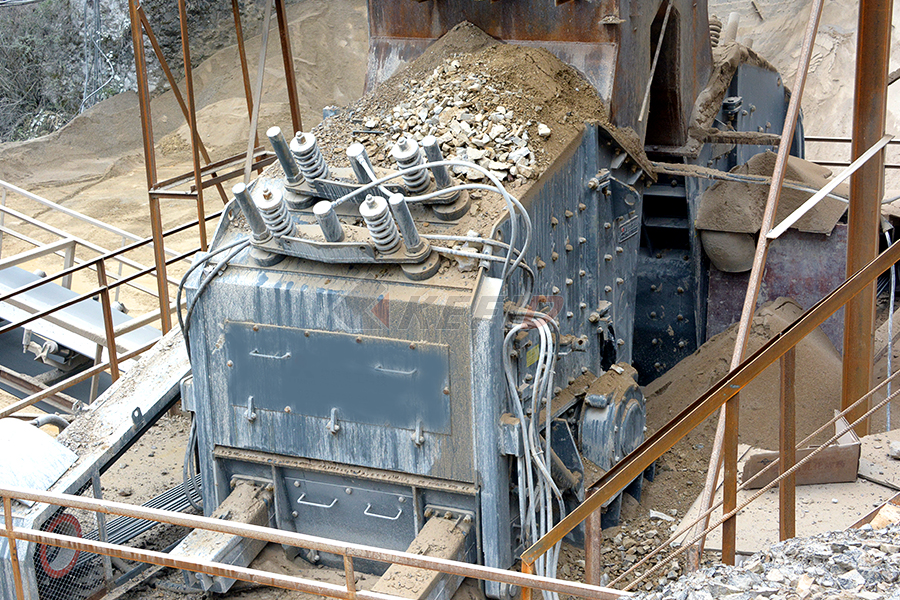# Mini Cement Grinding Unit: A Comprehensive Guide
## Introduction
The cement industry plays a vital role in global infrastructure development. With increasing urbanization and industrialization, the demand for cement continues to rise. However, traditional cement plants are capital-intensive and require large-scale operations. To address this challenge, mini cement grinding units have emerged as an efficient and cost-effective alternative.
A mini cement grinding unit is a small-scale setup designed to produce cement by grinding clinker along with additives such as gypsum, fly ash, or slag. These units are particularly beneficial for regions with limited infrastructure or where transporting bulk cement is expensive.
This article explores the concept of mini cement grinding units, their advantages, components, setup process, operational considerations, market potential, and future trends.
—
## 1. Understanding Mini Cement Grinding Units
1.1 Definition
A mini cement grinding unit is a compact facility that specializes in grinding clinker (the primary raw material for cement) into fine powder and blending it with additives to produce Portland Pozzolana Cement (PPC), Ordinary Portland Cement (OPC), or other specialized types of cement.
1.2 Key Features
– Small-scale production capacity (typically 30-200 TPD—Tons Per Day).
– Lower capital investment compared to full-scale plants.
– Modular design allowing easy expansion.
– Suitable for rural and semi-urban areas.
– Environmentally friendly due to reduced emissions..jpg)
—
## 2. Advantages of Mini Cement Grinding Units
2.1 Cost-Effectiveness
Establishing a full-fledged cement plant requires significant investment in land, machinery, and labor. In contrast:
– Mini units require less land.
– Lower initial capital expenditure (~$500K-$2M vs. $50M+ for large plants).
– Reduced operational costs due to smaller workforce requirements.
2.2 Flexibility & Scalability
These units can be customized based on demand:
– Can operate intermittently based on market needs.
– Easy expansion by adding more grinding mills or silos.
2.3 Reduced Logistics Costs
Transporting clinker is cheaper than transporting finished cement:
– Clinker can be sourced from nearby large plants.
– Finished product can be distributed locally.
2.4 Environmental Benefits
Mini grinding units contribute to sustainability by:
– Utilizing industrial waste (fly ash/slag) as additives.
– Lower carbon footprint compared to integrated plants.
– Reduced energy consumption per ton of output.
—
## 3. Components




